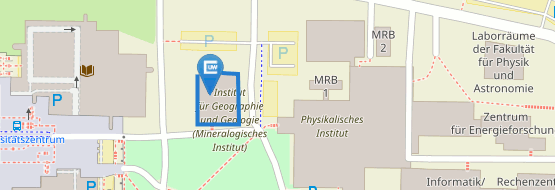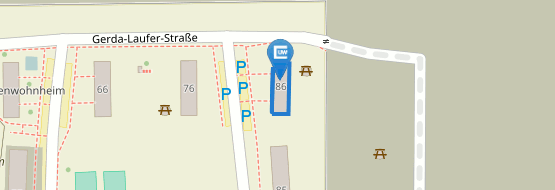SDGs4Namibia
The member countries of the United Nations adopted the 17 Sustainable Development Goals (SDGs) at the Sustainable Development Summit in New York in 2015. These global goals comprise 169 targets and 232 indicators. All goals are based on the three pillars of sustainable development: economic, social, and environmental. It is a challenging task for many national authorities worldwide to obtain data necessary for the regular monitoring and reporting of the SDG indicators on a regular basis and of the required quality. Especially during the COVID-19 situation, the SDG indicators provide valuable measures about socioeconomic and socioecological systems, their ability to adapt to changes and the impact of diseases.
Namibia released its SDGs baseline report in July 2019, which was produced through national effort with strong support from international development agencies (GIZ and UNDP). The Namibian Statistics Agency (NSA) coordinates all SDGs efforts and through this baseline report, the country managed to show the starting condition and trends on selected harmonised SDGs indicators.
While NSA used Earth Observation (EO) data in evaluating a few SDGs indicators, EO technology has not been optimally employed due to capacity. EO data are promising sources to contribute to the SDGs indicators. Workflows that exploit remote sensing data can be costly and time efficient approaches to populate the SDG indicators on a regular basis are required.
During the pilot phase in 2020 and 2021 the University of Würzburg set-up the NSA Data Cube for Namibia on the Leibniz Supercomputing Centre of the Bavarian Academy of Sciences and Humanities including analysis-ready satellite data. The objective of the current phase is to outline the idea of a subsequent approach to engage more detail in this domain. The envisaged capacity development activities for this project are:
- Develop and implement a sustainable and complete workflow for the SDG indicator 6.6.1 “Change of water-related ecosystems” using the NSA Data Cube
- Conduct ground verification (involving field work) to validate the results produced by the workflow for the indicator in (1)
- Certify the indicator in (1) as official statistic
- NSA Data Cube capacity building and workshops




